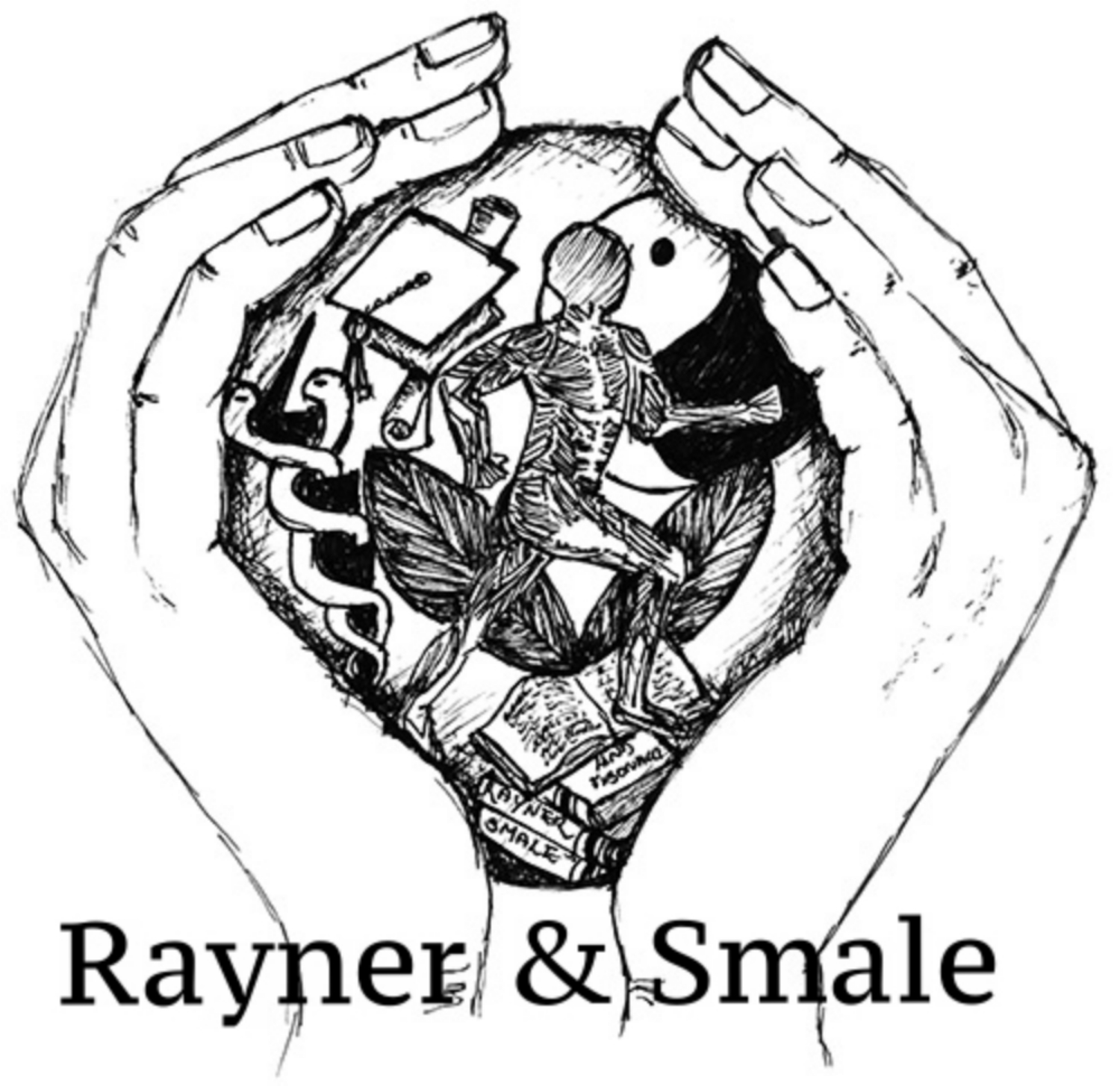Why Use Neurodynamics?
I have just finished supervising a Masters of Musculoskeletal Physiotherapy student, completing his final placement before graduating. Sian and I began this blog at the same phase of our career, upon finishing our Masters.
Jason had a very solid understanding of spinal assessment and treatment, however hadn’t been exposed to the neurodynamics assessment that Michael Shacklock has taught both Sian and I. Jason treated a very complex patient, with multiple aspects that needed addressing. His neurodynamic sensitivity was one area that Jason assessed, with interesting results.
We are very lucky to have Jason writing this guest reflection on his patient’s presentation.
Alicia
Why Use Neurodynamics?
During our undergraduate course, neurodynamics was described as a number of organised movements to determine the mechanosensitivity and flexibility of a nerve. If there was a restriction in one limb compared to another then you would try a slider technique first, followed by a tensioner, if the client tolerated this. And for most of my career, this is how I applied neurodynamics.
In my mind, nerves typically were thought to move up and down along the spine and into the periphery. When the neck was flexed, this stretched the nerve proximally and when the leg extended out in front, this stretched the nerve distally. I mostly thought about neurodynamic effects individually without much regard for the effect it may have on joints, blood vessels, muscles and connective tissue.
In my recent Musculoskeletal post graduate placement with Alicia Rayner, I quickly came to realise just how broad-reaching applying neurodynamics to everyday practice could be, and that it is not just limited to patients with neuropathic symptoms. Whilst treating a client with thoracic pain with rotation in sitting, it was suggested to see the effect of extending one leg straight out in front. Not expecting much to happen, the client extended their leg and to both our surprise he had full thoracic rotation range with no pain or restriction. Needless to say I was flabbergasted. I remember shaking my head in disbelief, thinking why, and how did this work?
Sitting Left Thoracic Rotation.
Sitting L Thoracic Rotation, with R Straight Leg Raise & Dorsiflexion.
This was my first introduction to contralateral nerve root mobilisation. This involves putting the contralateral side in a neurally “tensioned” position, to pull the sensitised neural tissue away from the affected limb. This reduces symptoms, by reducing the amount of compression or stretch on sensitised tissue, it literally moves the neural tissue away from the source of irritation.
This is better explained by a video explained by Michael Shacklock, seen below.
Prior to this moment, my mind was thinking of mostly nociceptive and mechanical factors, however I failed to think of how the body’s nervous system can restrict movement when sensitized. This sensitization can have an effect at local, spinal (dorsal root ganglion) and cortical levels (Schmid, Nee, & Coppieters, 2013), which if not addressed can make it difficult to identify sources of symptoms. As with most of our treatment and management strategies following injury, it is important to offload the suspected structures, identify and address mechanical faults whilst respecting the client’s timeline of injury.
By including a way to offload and reduce this client’s symptoms, it gave him optimism in the treatment and also built in some self-management strategies. After completing the thoracic rotations with knee extension exercise at home for a week, he was able to significantly reduce his symptom severity by the following session. This allowed us to address another contributing area (scapula and 1st rib) that was previously overly sensitised. By providing him with a self-relieving strategy, he reported greater self-efficacy and greater compliance with his co-existing home exercise program.
Since this experience, I have started to adapt my practice to include this quick screening tool as part of my regular assessment, much in the same way that I would use motor control with back and hip pain. I have been surprised to find that it has been applicable to a wide variety of clients and has piqued my interest in the area for future use. I look forward to expanding my knowledge in this area and continuing to add more strings to my bow.
Jason
References:
Schmid, A. B., Nee, R. J., & Coppieters, M. W. (2013). Reappraising entrapment neuropathies--mechanisms, diagnosis and management. Manual Therapy, 18(6), 449-457.


